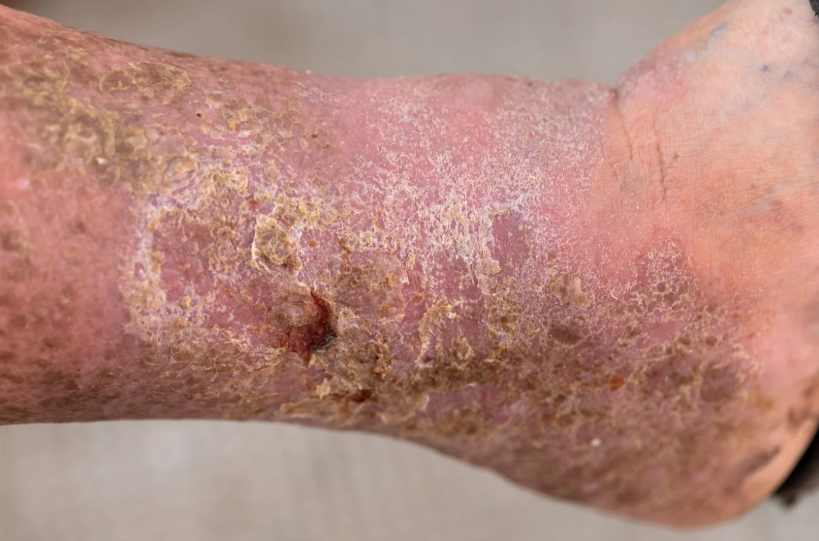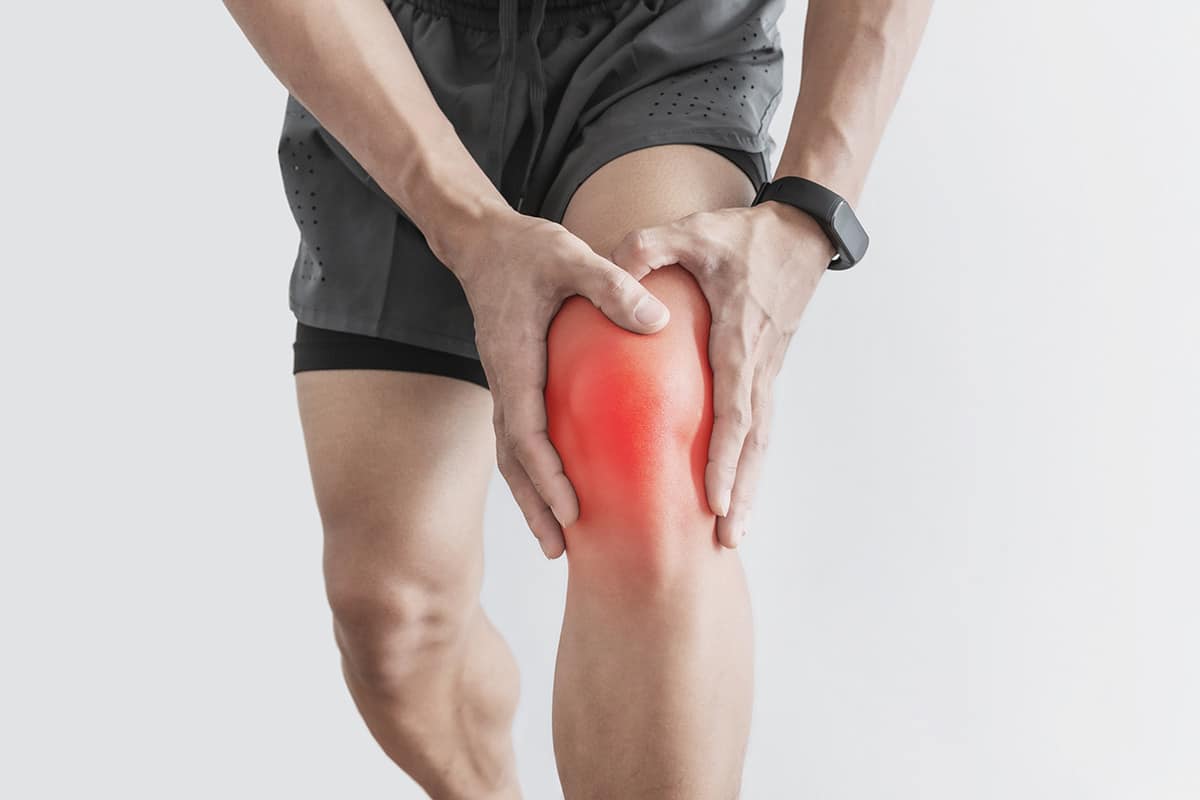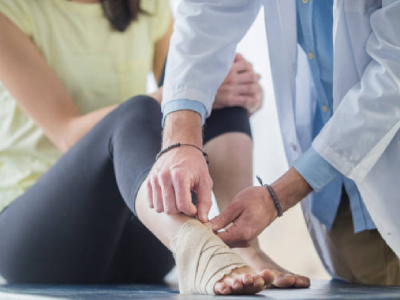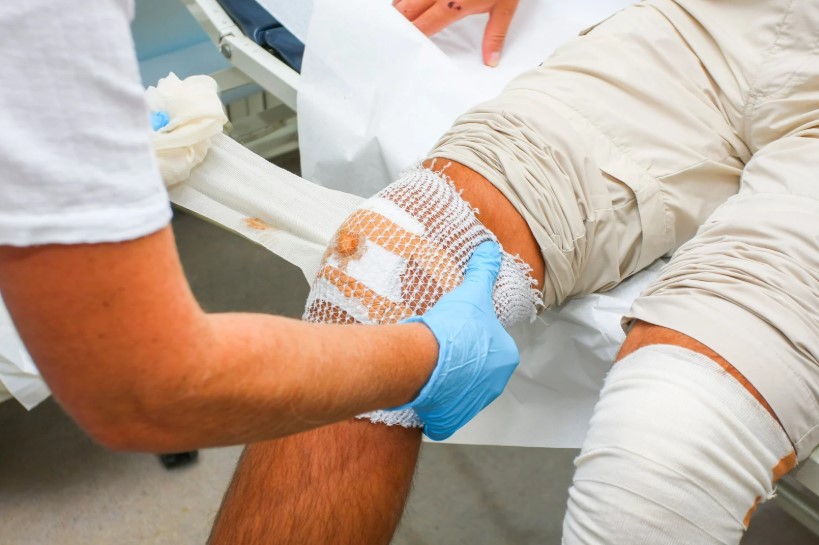Diabetes is one of the leading causes of non-traumatic lower-limb amputations around the world. When wounds, particularly foot ulcers, are left untreated or poorly managed, they can quickly become infected and lead to severe complications. The guidance and expertise of a diabetic wound doctor are essential for preventing these life-altering outcomes. Patients who engage specialized care from Kalingap Wound Care Clinic gain access to advanced treatment, early detection, and expert education, drastically reducing their risk of amputation.
Understanding the Link Between Diabetes and Amputation
Diabetes affects the body’s ability to heal, especially when blood sugar levels are not well-controlled. Reduced circulation and nerve damage (neuropathy) can cause wounds to go unnoticed and heal poorly. Minor cuts or blisters can quickly escalate into serious infections. Without proper intervention from a diabetic wound doctor, these wounds may deteriorate to the point where amputation becomes necessary. Kalingap Wound Care Clinic understands these risks and employs targeted strategies to interrupt this dangerous cycle before it progresses too far.
What Is a Diabetic Wound Doctor?
A diabetic wound doctor is a medical professional specializing in the prevention, diagnosis, and treatment of wounds associated with diabetes. This includes chronic foot ulcers, infections, and delayed healing caused by poor blood flow or neuropathy. Unlike general practitioners, a diabetic wound doctor has extensive training in advanced wound care, infection control, and limb preservation techniques. At Kalingap Wound Care Clinic, diabetic wound doctors work within a multidisciplinary team, ensuring that each patient receives a personalized and comprehensive treatment plan.
Early Detection and Diagnosis: The Key to Prevention
One of the most effective ways a diabetic wound doctor prevents amputation is through early detection. Identifying subtle signs of infection, skin breakdown, or poor circulation can make a significant difference in outcomes. Diabetic wound doctors at Kalingap Wound Care Clinic use thorough assessments and modern diagnostic tools to evaluate even the smallest signs of trouble. Regular foot checks and screenings enable them to act promptly, halting complications before they escalate.
Advanced Wound Care Techniques Used by Specialists
A diabetic wound doctor employs a range of advanced techniques to treat and manage wounds. These may include debridement (removal of dead tissue), offloading pressure from affected areas, and applying specialized dressings that promote healing. At Kalingap Wound Care Clinic, diabetic wound doctors also utilize cutting-edge options such as hyperbaric oxygen therapy, bioengineered tissue products, and negative pressure wound therapy when appropriate. These approaches are carefully tailored to each patient’s needs, dramatically improving recovery and minimizing risk.
Patient Education and Lifestyle Guidance
Preventing diabetic wounds and amputations doesn’t stop at the clinic door. A skilled diabetic wound doctor empowers patients with the knowledge and tools to care for their feet daily. This includes teaching proper foot hygiene, the importance of regular inspections, appropriate footwear choices, and maintaining stable blood sugar levels. Kalingap Wound Care Clinic is known for its patient-centered approach—ensuring each individual understands how their lifestyle impacts wound healing and overall health.
Real-Life Impact: Preventing Amputations with Timely Care
Many patients come to a diabetic wound doctor feeling hopeless after months—or even years—of non-healing wounds. With timely intervention, those same patients often experience rapid improvement, wound closure, and preserved mobility. At Kalingap Wound Care Clinic, numerous success stories have emerged where early and skilled care from a diabetic wound doctor prevented amputation altogether. The combination of advanced techniques and compassionate care makes all the difference.
When to See a Diabetic Wound Doctor
Waiting too long to seek help can mean the difference between healing and amputation. Warning signs that require immediate attention from a diabetic wound doctor include persistent sores, redness, swelling, foul odor, or any wound that doesn’t show signs of improvement within a few days. Even the absence of pain—often due to neuropathy—should not be taken as a good sign. Patients are encouraged to consult with the experts at Kalingap Wound Care Clinic at the first sign of trouble, as early action leads to better outcomes.
Takeaway
A diabetic wound doctor plays a pivotal role in preventing amputations and improving quality of life for individuals living with diabetes. From early diagnosis to advanced wound care and ongoing patient education, these specialists provide life-saving care that standard medical approaches often overlook. Kalingap Wound Care Clinic stands out as a leader in diabetic wound management, offering expert services that protect limbs, restore mobility, and enhance long-term health.
FAQ
Q: Can a diabetic wound heal without seeing a diabetic wound doctor?
A: While minor wounds may heal on their own, diabetic wounds often require specialized care. A diabetic wound doctor can prevent complications and speed up healing by using advanced treatment methods.
Q: When should I see a diabetic wound doctor?
A: If you have a wound that doesn’t improve within a few days, becomes red or swollen, or emits odor, you should see a diabetic wound doctor immediately. Regular check-ups are also crucial for those with a history of foot ulcers.
Q: How does Kalingap Wound Care Clinic help prevent amputations?
A: Kalingap Wound Care Clinic uses a combination of early diagnosis, advanced wound care, and personalized treatment plans provided by experienced diabetic wound doctors to reduce the risk of severe complications and amputation.
Q: What are the most effective treatments diabetic wound doctors use?
A: Treatments may include debridement, offloading, antibiotic therapy, hyperbaric oxygen, and specialized dressings. Diabetic wound doctors tailor these options based on individual wound type and severity.
Q: Can diabetic foot ulcers return after treatment?
A: Yes, they can return if underlying causes like poor blood sugar control and foot care are not addressed. A diabetic wound doctor provides education and preventive care strategies to reduce recurrence.









